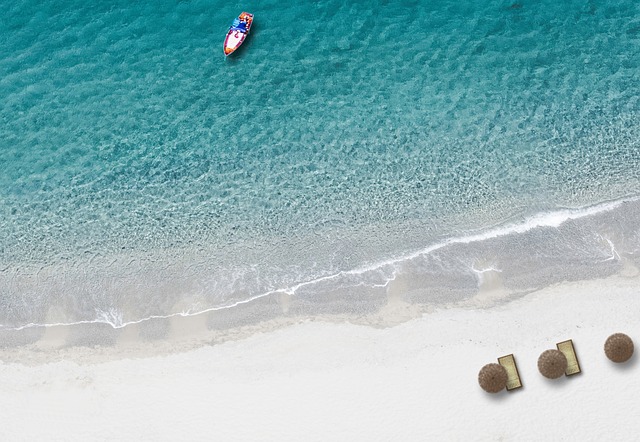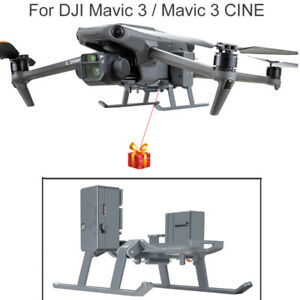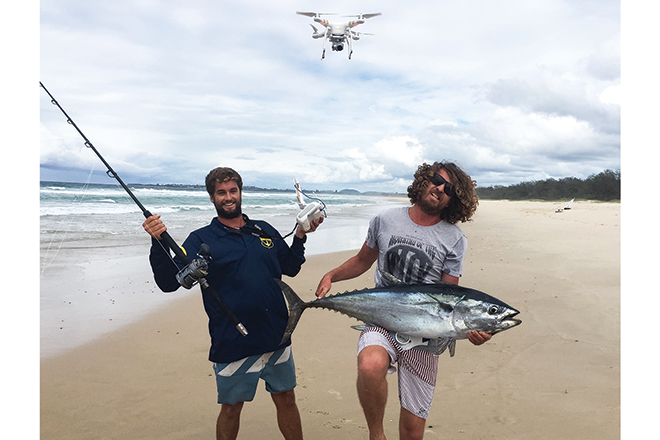
We will be looking at the basics and how to use a drone fishing rig. We'll also be discussing what to consider when choosing your drone, how to charge it, and the payload. We'll then discuss ways to get the best out of your drone. Continue reading for more tricks and tips. Soon you will have the drone of dreams! Let's get !... started and maybe even catch some fish!
Basic drone fishing rig
When you are ready to start drone fishing, the first thing you need is a good set of hooks. The fishing line should be doubled and should be mono or braid. A Cat's Paw Loop or Uni knot should be tied to the fishing line. A sinker, weighing between two to eight ounces, and hooks to attach each section to the backbone will be required. You will also need to attach the end loop and snap swivel lead loops to your drone.
There are many ways you can create a fishing drone. One basic method involves attaching a hook on the drone's landing gear and spinning the line until it releases. A dropper to keep your fishing line under the drone is another option. The dropper lets you keep the main line down below the drone and not get tangled with the propellers. The fishing drones can also be equipped with accessories, such as a battery pack and a dock.
Once you've purchased the basic drone fishing rig, you'll need to purchase some additional equipment. You will need a 700-meter fishing line and a bait dropper device. These are optional but can make your drone fishing experience even more enjoyable. A good drone will allow you to see more of your surroundings and be able spot fish much easier.

Payload for drone fishing equipment
You need to know the safety precautions that must be taken if you plan to catch a fish with a drone. Your drone should not be flown in strong winds or rain. Here are some suggestions:
First, ensure that the drone has enough weight to support its weight. It won't be stable if loaded with braided rope or heavy lures. You should also be aware that the wind can cause the drone's drift if you fish at the coast. It is also important that you check your local laws and regulations, as some may not allow the use of drones for fishing. Once you've decided to go fishing with a drone, you need to choose one with solid carrying capacity.
Next, decide what accessories you will mount on your drone. To reduce weight distribution problems, a good rule of thumb is that your rigging system should have a central attachment. The most suitable attachment points are the motor struts, landing gear, and legs of the drone. It is important to avoid attaching any payload to the camera and gimbal because these can damage them. The easiest solution is to tie some fishing line along the length from one corner to another. This can be secured with tape to prevent it from falling out.
Battery life of drone fishing rig
Before you go fishing with the drone, check that the batteries are charged and all other equipment is working properly. This will allow you and your drone to have a longer battery life. You can charge some drones with solar panels or car batteries. It is a good idea to start with fully charged batteries. This will ensure your drone is ready for flight as soon as your reach your fishing spot.

It is also important to take into account the drone’s flight time. Some models have longer flight times than others, but a drone that can fly for twenty-two minutes can easily get the job done. This is great for those who want to spend hours out on the water with their drone. A drone that has limited endurance is likely to be unusable and renders it impossible to catch fish.
Once you have set up your fishing rig, attach your fishing line clip to the legs of the drone, or to the motor struts. Next, attach the bait line to the fishing line. Before you start to fly the drone, lock the reel and then unlock it when you are ready to drop the bait. When you take the line out, tension builds and the drone drops the bait in the water. If the battery is not charged properly after each use, it will not function properly.
FAQ
A drone can spy on you.
Yes, anyone can use a drone to spy on you. To protect yourself from drones, you must be aware of them. You should immediately call 911 if you see a drone fly around.
Are drones permitted at public events?
As long as you comply with the rules, drones can be flown anywhere. If you want to fly your drone in public events like parades, festivals, concerts, etc., you must get permission from the event organizers.
Is it possible to fly a helicopter while driving?
Driving a drone is dangerous, as it could cause an accident or crash into another vehicle. You could also hit pedestrians and animals. A collision with power lines, trees, buildings, or power lines could cause serious damage to your vehicle.
Can I fly my drone around my area?
Yes! These are also known as UAVs (unmanned aerial vehicle). There are many kinds of drones today. They range from small quadcopters, to large fixed-wing planes. The FAA has recently issued new rules regarding the commercial use of UAVs, which means you can now legally fly them for business purposes. But, it is important to note that UAVs being flown near airports can interfere with air traffic control systems. Before you operate one, you need permission from local authorities.
What are the laws regarding flying drones
In the United States, the Federal Aviation Administration (FAA) regulates all aspects of drone operations. You must first obtain a FAA certification before you can operate a drone commercially. Then, you must complete a course in piloting skills and pass an exam. The agency will require you to pay a fee.
What laws apply to drones flying above private property?
Recently, the FAA released new rules for commercial drone operations. These rules do not apply to UAVs under 55 pounds or flying at less than 400 feet above sea level. Commercial operators must register with the FAA and obtain a license from the agency. Local authorities must also approve them if they are operating near airports or in other restricted areas.
Do I need to be able to fly a drone without special training?
No, you don’t have to learn any special skills in order for your drone to fly. A remote control unit is all you need. You also need to have some basic knowledge of flight mechanics.
Statistics
- According to Indeed, a drone pilot gets paid $25.73 per hour on average in the US. (dronesgator.com)
- According to the multiple listing service (MLS), houses and apartments with drone photographs are up to 68 percent more likely to sell than those without pictures. (thedroneu.com)
- With the top 10% making over $100/h and the bottom 10% making as low as $10/h. (dronesgator.com)
External Links
How To
How To Fly Drones For Beginners
A drone is a remote-controlled aircraft used for aerial photography, cinematography, surveillance, scientific research, and hobby purposes. Drone technology has been around since World War II. DJI's Phantom series quadcopters were first commercially available in 2010. There have been many drones made since then. These range from beginner-friendly drones like Parrot AR Drone 2.0 to more advanced multi-rotor craft like DJI Mavic Pro.
There are many methods to fly a Drone, including
-
Remote control: This uses a remote control device that attaches to your hand and allows you control the drone along its flight path. There are two main types, On/Off switches (like radios) and joysticks.
-
Manual Control - This method uses a smartphone app to remotely control the drone using GPS coordinates. Follow the instructions of the app to track the exact location you want the drone go.
-
Autonomous Flight – This is when the drone handles all the piloting tasks. It's basically flying autonomously without any human intervention. It must have a builtin camera, sensors capable of taking images and data to enable autonomous flight.
-
Triggered flight - This is similar to manual control except that the pilot sets up a preprogrammed route and the drone follows the route until it reaches its destination. The drone automatically lands once the route has been completed and returns to the base.
-
Landing Gear – Some drones are equipped with landing gear, which allows them to safely land if they lose power during flight.
-
Goggles – Pilots often wear goggles while flying to keep themselves safe from any debris.
-
Camera – Some drones have cameras, which allow you to take photos or videos from up high.
-
Obstacles - Some drones can be equipped with obstacle avoidance systems that prevent them from crashing into obstacles.
-
Speed - Some drones reach speeds exceeding 40 mph.
-
Battery Life - Most drones are capable of lasting between 20 minutes and three hours, depending on the power that you use.
-
Some drones have a range of up to 30 miles, depending on their model.
-
Power source - Not all drones can use an external power source. Others can run on internal batteries.
-
Weight - Some drones have a weight of less than 1 pound and others weigh 4 lbs.
-
Size - The size of drones varies from small, easily carried devices to more substantial crafts that weigh in excess of 50 pounds.
-
Price - All drones fall within a specific price range, from high-end models that can cost thousands of dollars to lower-cost options starting at $100.